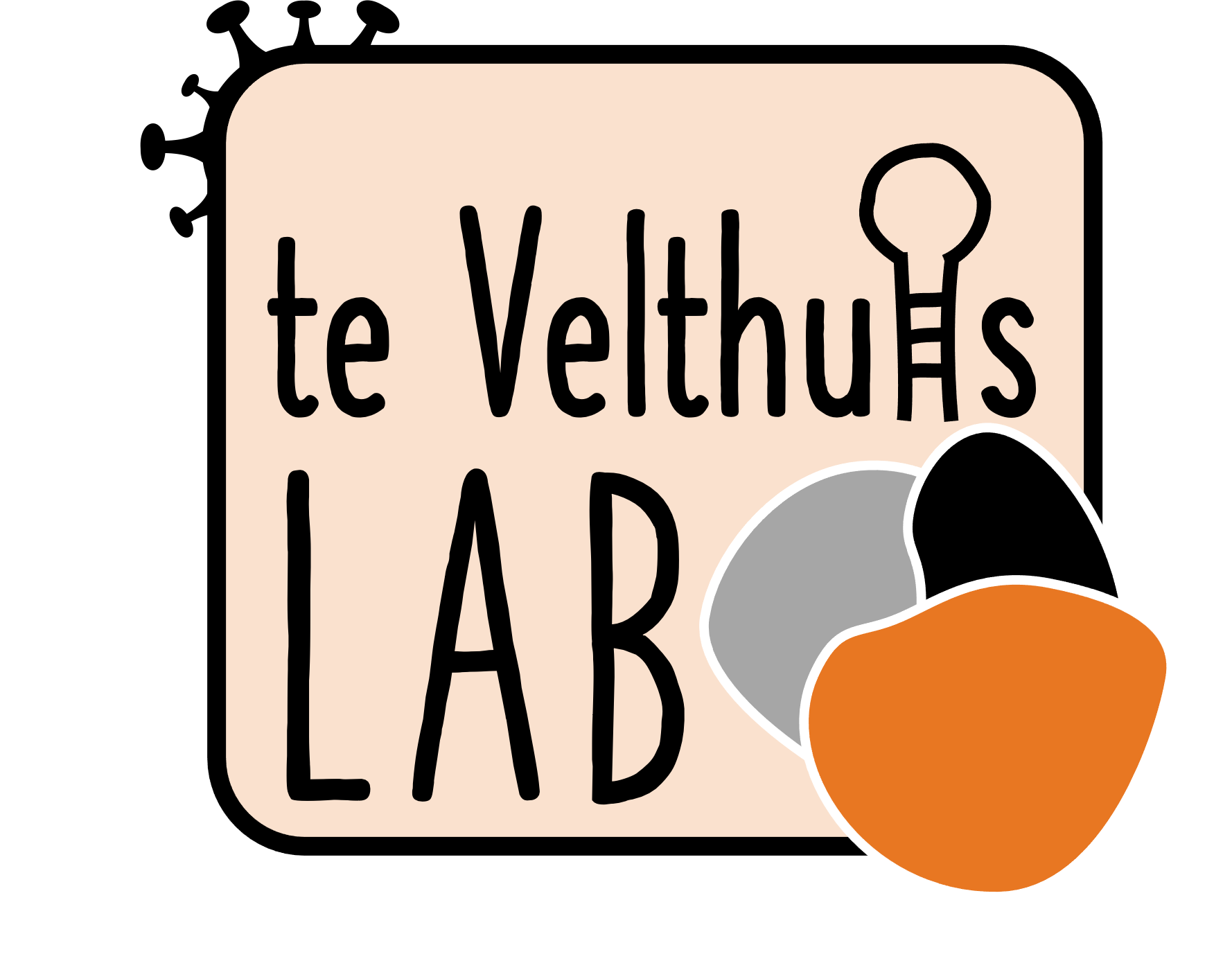The nested open reading frame in the Epstein-Barr virus nuclear antigen-1 mRNA encodes a protein capable of inhibiting antigen presentation in cis
Publication Year
2007
Type
Journal Article
Abstract
Herpesviruses employ many mechanisms to evade the immune response, allowing them to persist life-long in their hosts. The Epstein-Barr virus (EBV) nuclear antigen 1 (EBNA-1) and, more recently, the latency-associated nuclear antigen 1 (LANA-1) of the Kaposi Sarcoma Herpesvirus have been shown to function as in cis-acting inhibitors of antigen presentation. In both proteins, long simple repeat elements are responsible for the inhibition, but the sequences of these repeats are strongly dissimilar. Intriguingly, EBNA-1 mRNA contains a large nested open reading frame that codes for a 40.7kDa strongly acidic protein, in addition to the full-length EBNA-1. This protein, here called pGZr, has a 230 amino-acids long glycine, glutamine, and glutamic acid-rich repeat ('GZ' repeat), highly similar (65% amino-acid identity) to the acidic repeat of LANA-1. To evaluate if pGZr, like EBNA-1 and LANA-1, can inhibit antigen presentation in cis, we fused the nested ORF with the E. coli-derived LacZ gene encoding beta-galactosidase. Whereas cells producing the unmodified beta-galactosidase readily present the H-2L(d)-restricted CTL epitope TPHPARIGL, which resides in the C-terminal region of beta-galactosidase, cells producing the pGZr-beta-galactosidase fusion protein do not. Also shorter fragments of the repeat can inhibit peptide presentation. Even though the physiological function of pGZr remains to be elucidated, the GZ-repeat protein may be valuable as inhibitor of presentation of antigenic peptides derived from transgenes in gene therapy.
Keywords
Journal
Mol Immunol
Volume
44
Issue
14
Pages
3588-96
Date Published
07/2007
ISSN Number
0161-5890
Alternate Journal
Mol Immunol
PMID
17449101

